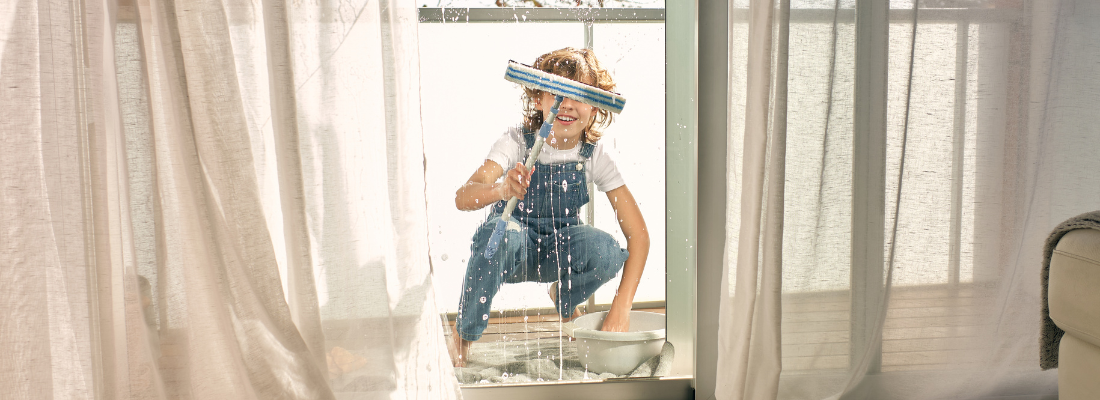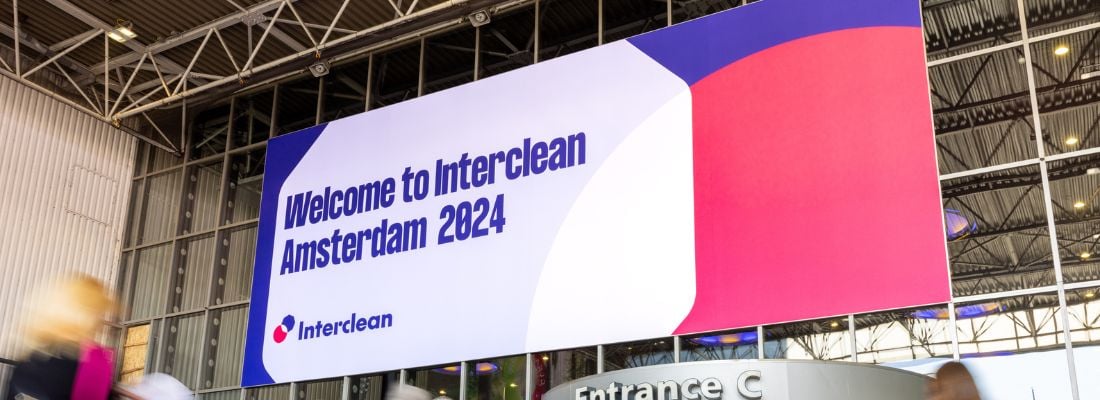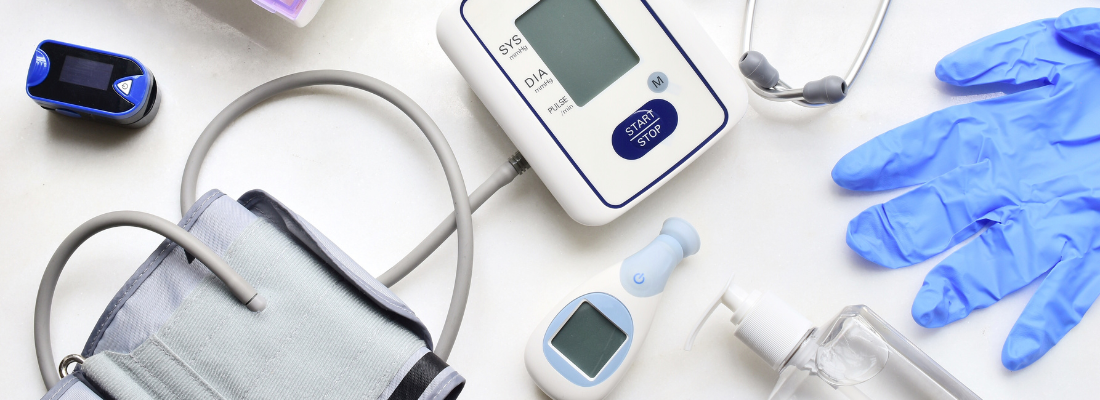Regional Spotlight: France's cleaning and hygiene market developments
In this edition of our Regional Spotlight series, we turn our attention to France, to explore the current state of the cleaning and hygiene industry. We spoke with Pierre Deschamps, editor-in-chief of the leading trade magazine Bâtiment Entretien.
How are cleaning companies organized in France and in which sectors do they operate?
According to the latest annual study, published in 2025 by the Federation of Cleaning Companies (FEP), the cleaning sector in France represents a turnover of more than €21 billion and employs 600,000 people in more than 15,000 cleaning companies. Figures published by the French Agency for Food, Environmental and Occupational Health & Safety (ANSES) show that there is a total of 1.4 million cleaning employees in France, 35% of whom work for subcontractors in the public sector and 65% in the private sector.
The majority of cleaning services provided by specialized companies, in B2B, are carried out in offices (38%) and residential buildings (33%). In the healthcare sector (hospitals, health centers, retirement homes, etc.), bio-cleaning is mainly carried out by in-house staff, particularly in sensitive areas of hospitals, although there is a trend towards outsourcing, which makes it possible to respond to two major constraints: the recruitment of hospital staff in a context of budgetary restrictions and the need for flexibility by entrusting the organization and management of staff to a specialized company. This use of subcontracting also reflects the growing expertise of service providers and their ability to offer services that go beyond cleaning (meal distribution, reception, internal logistics, waste treatment, etc.).
The annual ranking of cleaning companies shows that the five leaders, operating mainly in France, all have a turnover of more than €1 billion, far ahead of their competitors, which have a turnover of less than €300 million. This hierarchy highlights a concentration of major players in the cleaning sector, who are diversifying into soft FM and business services.
The ten largest cleaning companies account for 43% of the sector's total turnover, while 85% of companies have fewer than 50 employees.
Are we seeing an increase in outsourcing in France?
According to a market study conducted every two or three years by the MSI Reports, outsourced cleaning services represent 70% of the sector’s value, which continues to grow. This trend is most visible in office cleaning, which is fully outsourced, but is also expanding in healthcare, industry, and local government.
Although municipal workers still handle the cleaning of public buildings and road cleaning, part of this work is now entrusted to external companies with the resources that local authorities may lack. In hospitals and retirement homes, there is a trend towards greater sharing of cleaning activities. The number of staff assigned to these tasks is steadily declining in establishments that do not wish to recruit dedicated personnel for the maintenance of common areas, rooms, and less sensitive areas. In industry, there is also a trend towards increased outsourcing, with external agents generally being integrated into the teams and production processes.
What are the main challenges facing the hygiene and cleaning industry in France?
Cleaning companies face technological, economic, and human challenges. The average age of cleaning staff is higher than in other sectors: 43 years old compared to 39 years old. The challenge for companies is recruiting and retaining staff, given that the profession often suffers from a poor image and demanding working conditions, including a higher incidence of musculoskeletal disorders (MSDs) and occupational illnesses.
Several solutions to address this situation and make the profession more attractive:
- Increasing the mechanization of cleaning operations
- Using eco-friendly products that protect both people and the environment
- Better organizing teamwork by promoting continuous and daytime shifts
This is crucial in a sector where nearly half of workers are employed part-time across several companies, and where women make up 65% of the workforce.
How can technological innovations improve the situation for the sector and its workers?
Manufacturers and distributors of hygiene and cleaning equipment and solutions have confirmed a strong trend towards the mechanization of small areas that were previously cleaned manually. The introduction of compact “vertical washers” and narrow scrubber-dryers have made floor cleaning less physically demanding while significantly increasing productivity. This mechanization of small or cluttered spaces in stores, hotels, restaurants, and transportation represents a strong trend that goes hand in hand with the widespread use of battery-powered equipment for washing or vacuuming.
Are we seeing the same developments with cleaning robots?
Robots have been gradually introduced into the French cleaning industry, often at the requests of clients in retail (sales areas, hypermarkets, shopping centers, etc.), transport (train stations, airports, etc.) and the hospitality. Cleaning companies have invested cautiously, emphasizing the need not to replace human staff with machines but to develop co-botics solutions. A new generation of robots, which are more autonomous, intuitive, and versatile, is encouraging more companies to invest in them, while maintaining high standards in terms of the quality of work performed by these autonomous machines.
Their popularity also reflects demand from office clients who want more flexibility to adapt services to new working models (flex-office, reduced space usage, teleworking, etc.) without compromising quality. Since the Covid epidemic, companies had to guarantee their employees a safe return to the office, hence the important role played by cleaning teams.
Special attention is given to the maintenance of sanitary facilities and shared spaces, with the development of associated services, which are increasingly often provided by cleaning companies. The range of services has expanded in recent years and can include concierge services, internal logistics, and waste management. Cleaning and FM companies are also increasing their on-site catering services, which are replacing company restaurants, the number of which is declining year on year. Demand now focuses on the installation of connected refrigerators, dedicated snack areas, and even food trucks.
What role does digitalization play within cleaning companies and their customers?
Digitalization tools are now deployed or are in the process of being deployed across many companies and on client sites. French developers of digital traceability tools have been supporting cleaning companies for many years. In the context of public procurement and private tenders, specifications require the use of service traceability solutions, enabling subcontractors to prove the staff attendance and completed work.
These applications, dedicated to the world of hygiene and cleanliness, enable activities to be adapted in real time and are also important tools for human resources management: staff replacement, calculating working hours, client invoicing, etc. New features linked to the Internet of Things (IoT) are increasingly being used for the location and maintenance of machine fleets and real-time monitoring of consumable levels in sanitary facilities, thereby optimizing the deployment of agents.
Receive the best newsletter on cleaning & hygiene - straight to your inbox!
We promise never to send you spam and you can unsubscribe at any time!







